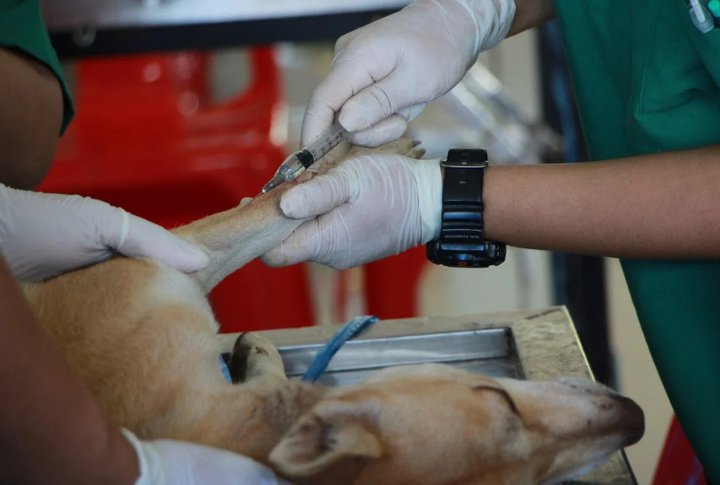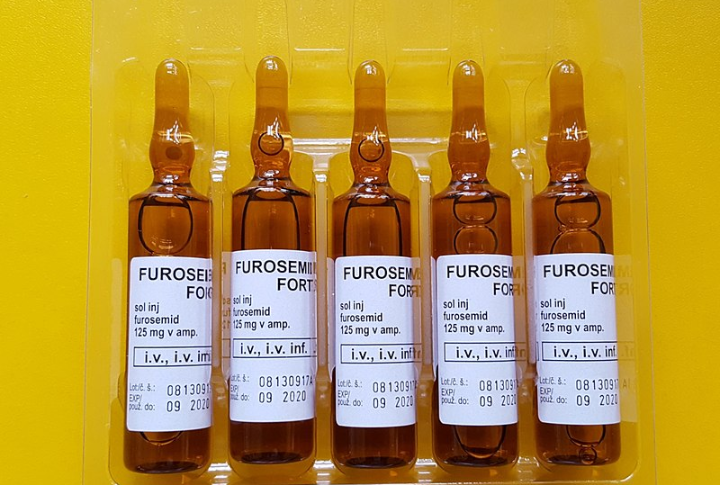10 Things You Should Know About Mitral Valve Disease In Dogs

Heart disease isn’t just a human problem; dogs can develop serious heart conditions, too. Mitral valve disease (MVD) is one of the most common, especially in smaller breeds. It often progresses slowly, making early detection important. To help you better understand this condition, we’ve outlined 10 essential things every dog owner should know about MVD.
What Mitral Valve Disease Is

The heart is a hardworking muscle, but when the mitral valve weakens, blood starts flowing the wrong way. As the valve deteriorates over time, it causes increased pressure in the heart chambers, which can eventually lead to congestive heart failure if left untreated.
Why Small Breeds Are At Risk

Chihuahuas, Cavalier King Charles Spaniels, and Dachshunds may be tiny, but their risk for MVD is disproportionately high. Genetics plays a significant role in causing this disease. Cavalier King Charles Spaniels, in particular, have an inherited predisposition, with studies showing that over 50% of them develop MVD by age five.
Common Signs To Watch For

A persistent cough and trouble breathing can all point to MVD. Early symptoms are often subtle, like mild fatigue or a soft heart murmur detected during a routine checkup. Some dogs experience fainting or collapse due to poor circulation. Owners might also notice a distended belly, which occurs when fluid accumulates in the abdomen.
How Vets Diagnose It

Listening to the heart with a stethoscope is usually the first step. A murmur often signals an issue, but X-rays, echocardiograms, and blood tests provide a clearer picture. Chest X-rays help identify an enlarged heart or fluid buildup, and echocardiograms use ultrasound technology to visualize how well the heart is functioning.
Treatment Options Available

There’s no cure for MVD, but treatments can significantly improve a dog’s quality of life. Medications help manage symptoms, while lifestyle adjustments can slow progression. For example, a low-salt diet is recommended to prevent fluid retention, and in some cases, medications to improve heart muscle strength may be prescribed.
Medications That Can Help

Diuretics and beta-blockers are usually prescribed to manage MVD. These medications work by reducing strain on the heart and improving circulation. Dogs with severe MVD may also be prescribed spironolactone, a potassium-sparing diuretic that helps maintain electrolyte balance while lowering fluid retention.
Diet And Lifestyle Changes

Moderate exercise is beneficial, but too much strain can be harmful. Owners should monitor their dog’s activity levels to opt for gentle walks instead of strenuous play. Managing weight is also essential because extra pounds put unnecessary pressure on the heart. Such small changes can make a big difference in slowing disease progression.
How MVD Affects A Dog Over Time

What starts as a minor heart issue gradually turns into a serious health challenge. As the mitral valve deteriorates, the heart pumps less efficiently, which leads to fluid buildup in the lungs. Breathing becomes more difficult, energy levels drop, and persistent coughing develops. Without proper management, heart failure becomes a real risk.
Surgical Treatment For Severe Cases

In some cases, surgery offers hope. Mitral valve repair is a complex procedure performed by specialized surgeons. The procedure involves reconstructing the damaged valve to restore normal function. While costly and not widely available, it has shown success in improving longevity and quality of life for dogs with severe MVD.
Ways To Support Your Dog

Providing a stress-free environment, keeping up with vet visits, and following treatment plans can make a huge difference. Some dogs benefit from supplements such as Coenzyme Q10 and L-carnitine, which support heart function. With the proper care, many dogs with MVD can still enjoy happy, fulfilling lives.





